Top 10 Most Endangered Species
From big cats to monkey species to giant turtles, our world has endangered important species globally. Due to habitat loss and genetic variation, the world’s animals find it hard to survive in an ever-changing universe.
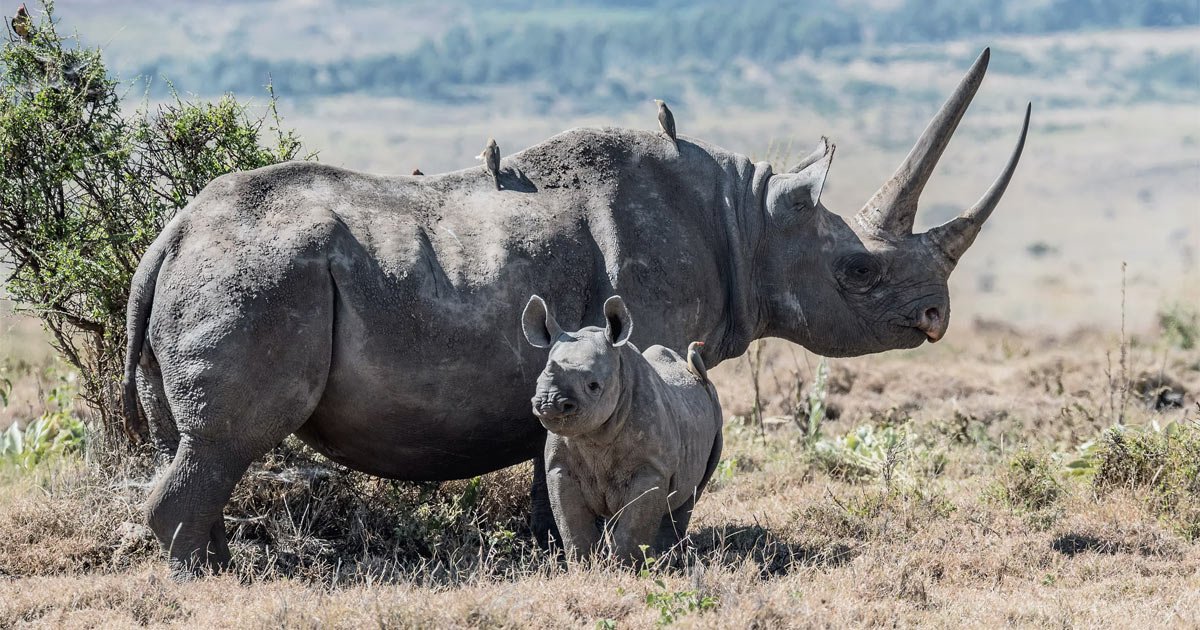
Although we named the top ten most endangered animals in this article, there are over 26,500 species under threat for pure extinction. Endangered species matter because these animals contribute to the Earth’s balance through their interactions in what’s called the “web of life.”
Saving these endangered species means saving habitats, future generations, and the balance nature created before man took over. We need to stop hunting endangered species, destroying nature’s homes and work together to find a way to save these crucial and essential species.
1. Vaquita Dolphin
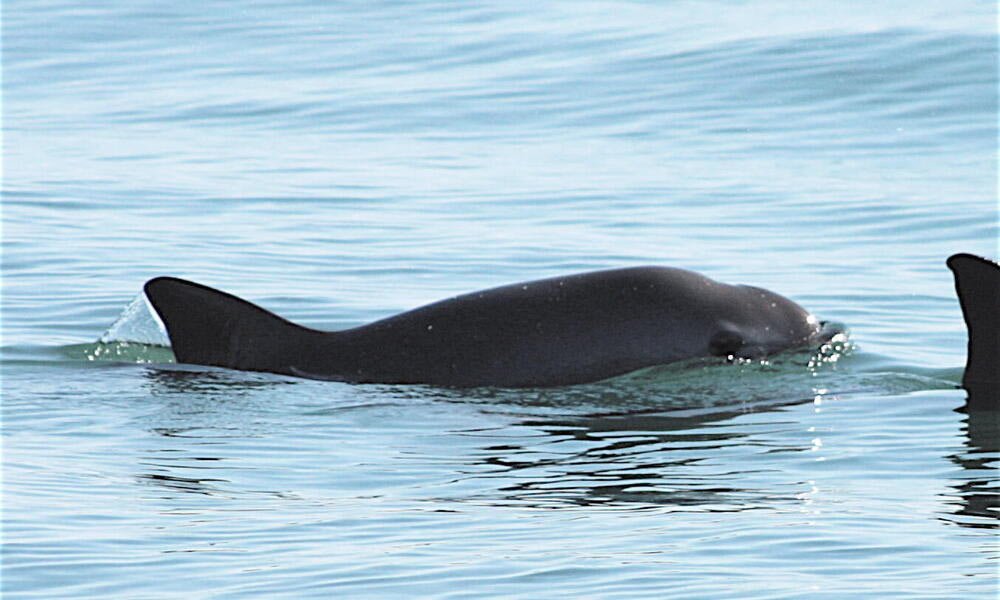 *photo credit: Thomas A. Jefferson via WWF
*photo credit: Thomas A. Jefferson via WWFThe vaquita dolphin is the smallest of its kind reaching about 5 feet, weighing a maximum of 90 pounds. This dolphin species has been spotted in the Sea of Cortez, located at the northern end of the Gulf of California.The primary reason for a shortage in the Phocoena Sinus is that they get accidentally caught within commercial fishnets because their habitat extends about 500 feet at the water’s surface. A vaquita dolphin will birth one calf every two years after a ten-month pregnancy. They become sexually mature after reaching 3 to 6 years of age.
Vaquita dolphins are of significant importance for the food chain to stay balanced. Sharks and other large sea mammals feed on these dolphins, and vaquitas will feed on small fish such as squid and crustaceans. The Mexican government has banned illegal net fishing in the Gulf of California. They put this ban in place to save the population of these dolphins.
2. Amur Leopard
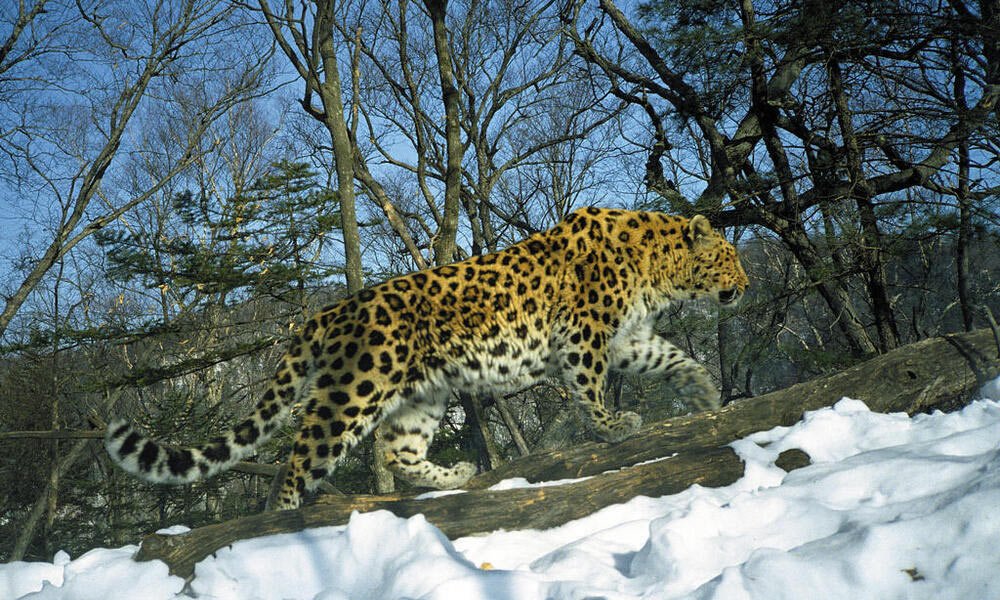 *photo credit: WWF-Russia / ISUNR
*photo credit: WWF-Russia / ISUNROtherwise known as the Panthera pardus Orientalis, this 100-pound leopard stalks the temperate mountains in Eastern Russia and Northern China. These thick-skinned, silent killers hunt deer, rabbits, and small mammals and live up to 15 years in the wild.
The Amur Leopard has become endangered primarily due to poaching and habitat loss. Thanks to the ‘Land of the Leopard National Park’ and conservation efforts, these small and resilient cats are making a come-back in numbers. If left alone, they can breed 2-3 cubs, breeding once a year in the spring/summer.
3. Javan Rhino
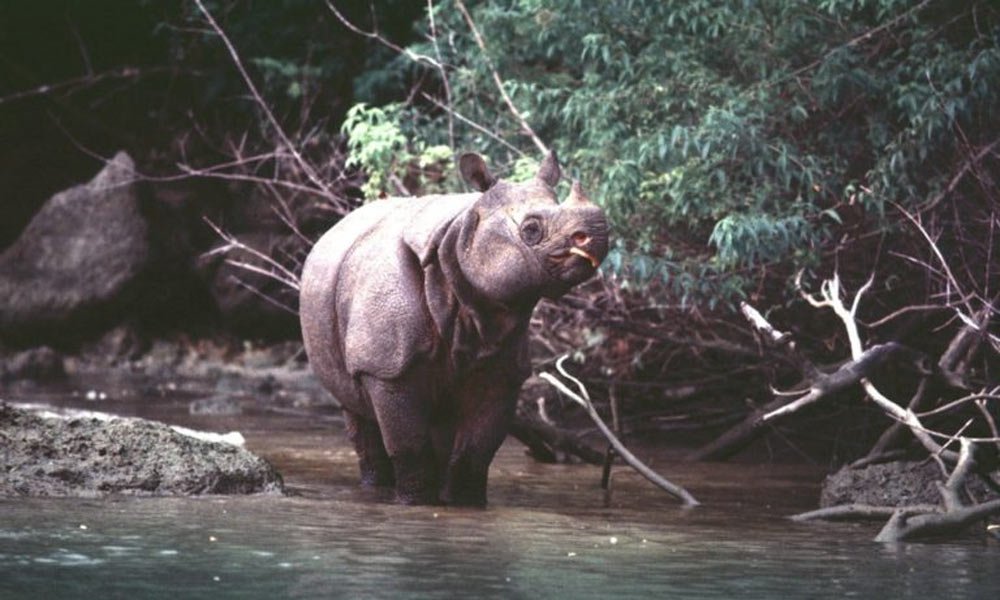 *photo credit: SaveTheRhino.org
*photo credit: SaveTheRhino.orgWeighing at about 2000 pounds and more, this 10-foot rhinoceros (smaller than other rhino species) resided in parts of Asia, China, India, and Thailand. The Javan Rhino only exists now at ‘Ujong Kulon National Park.’
These one-horned miracles were poached for their horns and, unfortunately, will make a slight population decline due to the female only being able to birth one calf every 2-3 years.
Because of its rarity, not much is known about the Rhinoceros Sondaicus, but the life span is estimated to average 40 years.
Rhino Species were hunted mainly for their horns to be used as medicine and believed that the rhinoceros horn symbolized power and wealth.
Other rhino species are at risk for endangerment as well:
- Sumatran Rhino (Up to 80)
- Black Rhino (Estimated at 5000-6000)
4. Cross River Gorilla
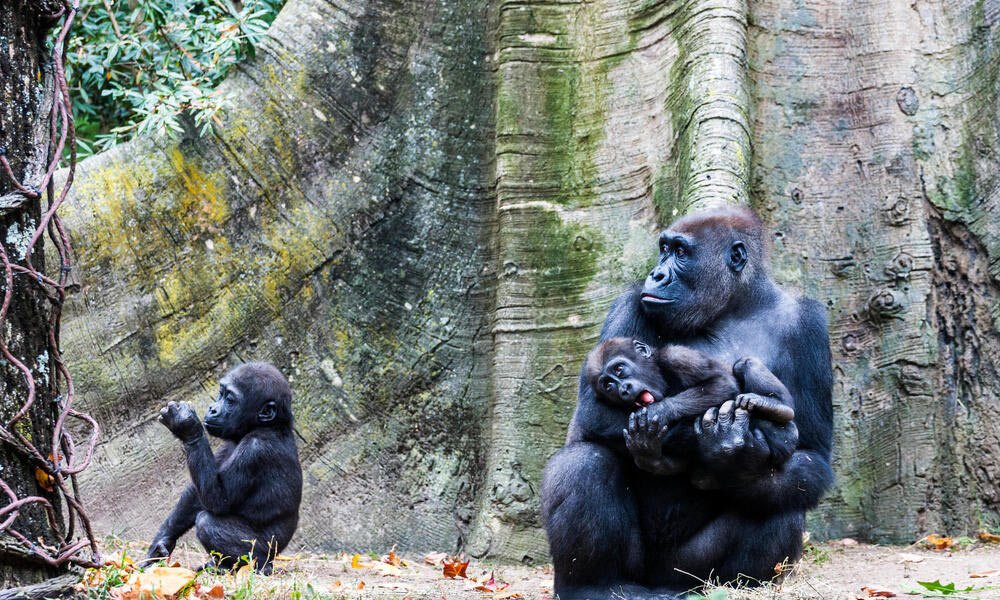 *photo credit: Jeremy DArbeau via WWF
*photo credit: Jeremy DArbeau via WWFAbout 300 square miles located between Nigeria and Cameroon in Western Africa is where the last remaining Cross River Gorillas spend their days. These apes like to travel in groups of up to 20 with a male alpha as a leader. Each group has at least six females reproducing every four years.
The Gorilla Gorilla Diehli (scientific name) are endangered due to:
- Poaching
- Genetic diversity through inbreeding
- Habitat destruction
The reason for poaching these strong individuals is the belief that Cross River Gorillas hold significant benefits for medicinal properties.
It is vital to save the species because they help disperse seeds which add to forest regeneration. The primary reason for deforestation in the Cross River Gorilla habitat is the rich soil needed to produce the palm oil used in much human merchandise such as soaps.
Other Gorilla species that have become threatened are:
- Eastern Lowland Gorilla (5,000 remaining)
- Western Lowland Gorilla (100,000 individuals)
5. Sumatran Tiger
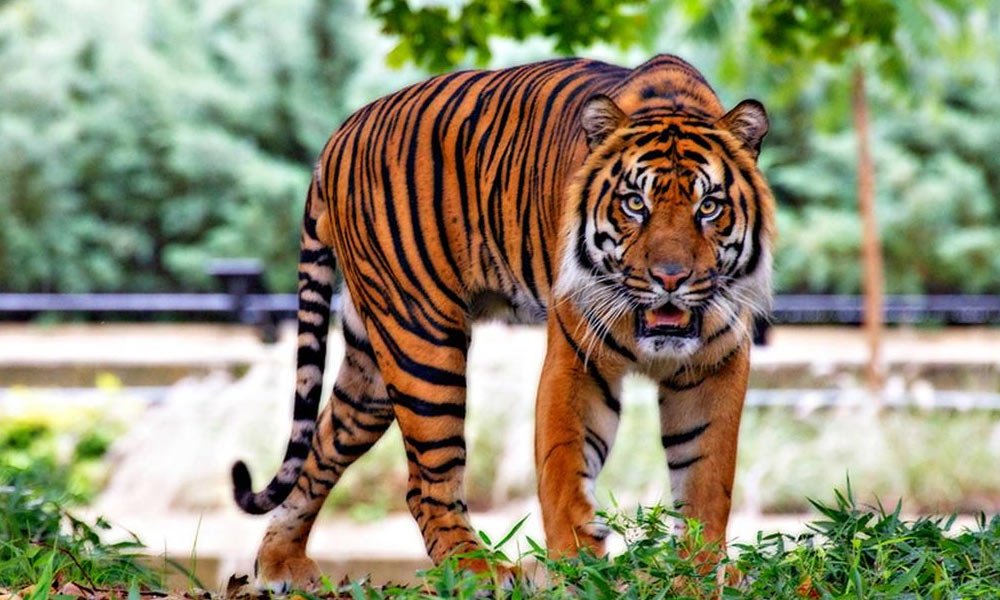 *photo credit: Joe Milmoe via USGS.gov
*photo credit: Joe Milmoe via USGS.govScientifically named the Panthera Tigris Sumatra, this tiger species reside in different parts of Asia. Due to poaching and habitat loss, the world is losing a significant wild-cat predator.
The presence of the Sumatran tiger represents forest health and the well-being of the ecosystem, as this type of tiger creates a balance between other hoofed mammals, keeping the population numbers in check.
When one species becomes extinct, a part of the ecosystem dies. Without the Sumatran Tiger, our forests would provide even less clean air, temperature regulation, and overall, lower the well-being of human life.
6. Saola
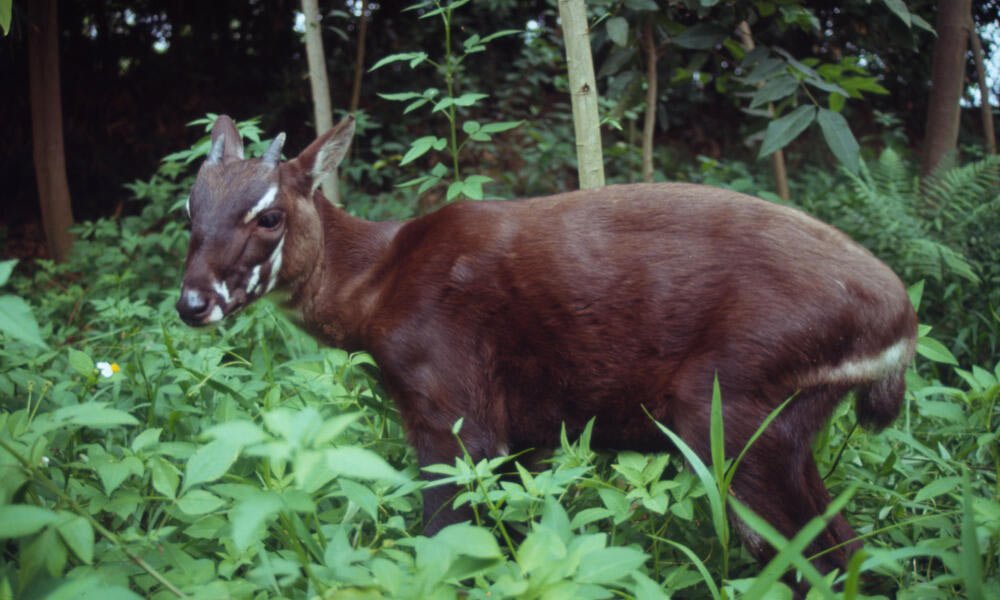 *photo credit: WWF
*photo credit: WWFSaolas (Pseudoryx Nghetinhensis) are critically endangered due to over-hunting. This herbivore lives and breeds in the mountains of the Vietnam-Laos border. Starting in February, female Saolas can birth one calf every 3 to 4 years.
Because of hunting, there is not much research or scientific information found on Saolas due to insufficient resources.
7. Yangtze Finless Porpoise
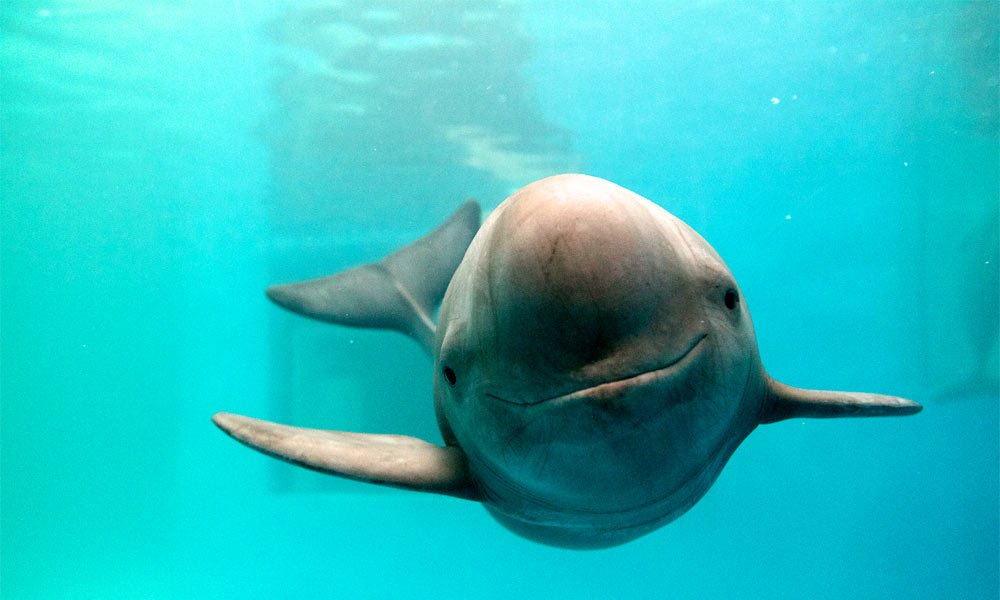 *photo credit: Kent Truog via WWF
*photo credit: Kent Truog via WWFAlso known as the Baiji fish or scientifically known as the Liptodes Vexilifer, these water-mammals fall prey to commercial fishing nets and habitat loss. Residing in the Yangtze River in China, the Baiji become sexually mature at six years of age and birth only one calf in the 24 years they are alive.
For these rare species to flourish, man must resist the urge to stop harmful fishing practices and develop new water and better water reserves. Climate change is another significant factor that threatens this species longevity.
Humans rely on healthy rivers and lakes for food, clean water, and livelihood. However, China’s Yangtze river would become unbalanced without the porpoise, resulting in other wildlife and habitat loss.
8. Sumatran Elephant
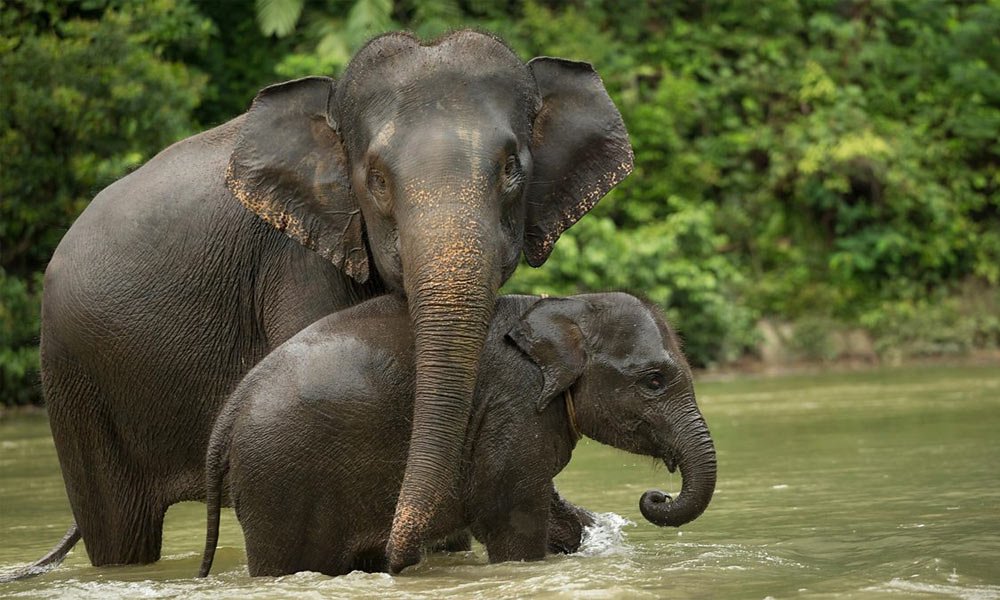 *photo credit: Project Hope via BBC
*photo credit: Project Hope via BBCThe Sumatran Elephant is known for its great tusks and large body, which is how it got its Greek scientific name Elephas Maximus Sumatranus. This great elephant inhabits moist rainforest environments in parts of Asia.
Sumatran elephants are essential for the ecosystem because their feces disperse seeds which help to grow plants and other sustainable life in the rainforest. Their endangerment has been caused due to deforestation and habitat loss taken over by humans for agricultural reasons.
There is hope for the Sumatran Elephant, as a female adult can give birth 12 times in their 70 years of life. The remaining Sumatran Elephants survive in captivity to help increase the population. Another endangered elephant is the African Forest Elephant, with 415,000 still in existence.
9. Sumatran Orangutan
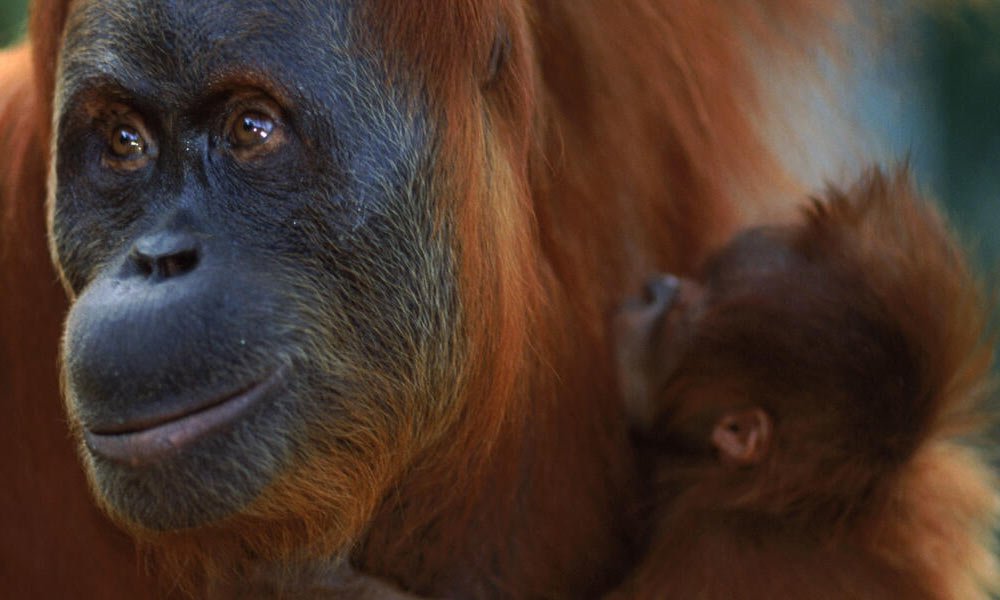 *photo credit: Anup Shah via WWF
*photo credit: Anup Shah via WWFThis primate, scientifically known as the Pongo Abelii, can be found inside the walls of the Denver Zoo. However, it has also been located in parts of Northern Indonesia where there is a widespread of rainforests, swamp forests, and riparian forests.
Unlike other primate cousins, the Orangutan leads a solitary life except for breeding season. The female Orangutan will stay with their young until they are sexually mature, around 13 to 16 years.
With the lifespan of the Orangutan of up to 45 years in captivity, there is still hope, as the young female can bear young every nine years, birthing only one single offspring.
These critically endangered species have lost much of their natural habitat due to agricultural reasons being the production of palm oil development. Thanks to Genung Leuser National Park, they can live and thrive safely within a 10,950 square kilometers forest.
Other endangered Orangutans include:
- Bornean Orangutan
- The “original” Orangutan
10. Hawksbill Turtle
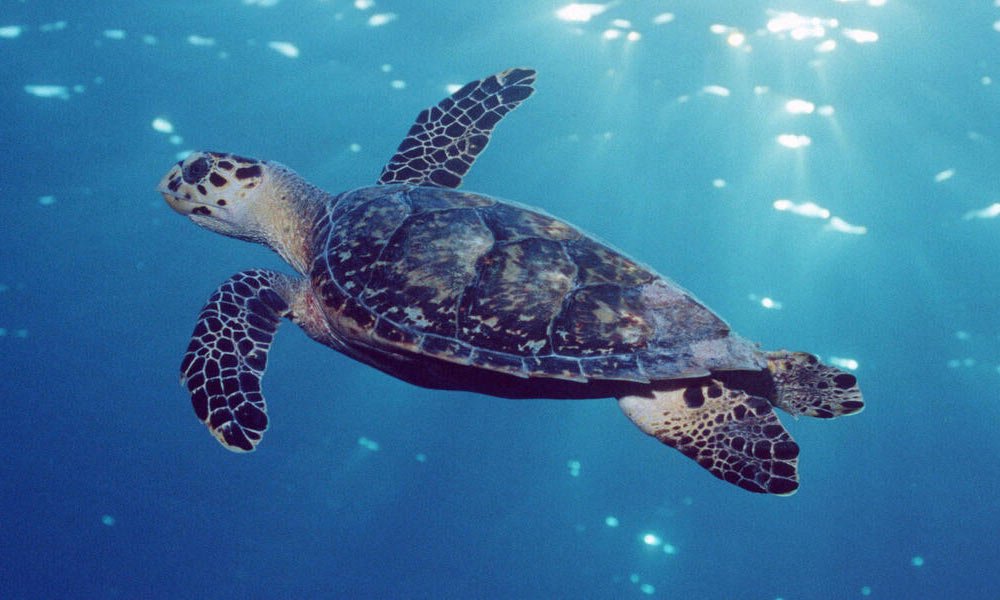 *photo credit: Doug Perrine via WWF
*photo credit: Doug Perrine via WWFWith the ocean floor already unsustainable and becoming more and more unhealthy due to global warming, it is crucial to keep the Hawksbill Turtle from going extinct. Hawksbills maintain coral reef health because they feed on and remove sponges from their surface.
The Eretmochelys Imbricata inhabit nearshore foraging grounds close to the Caribbean and Indian Ocean shores. Mainly hunted for their shells to be made as jewelry, the endangered species are decreasing significantly due to climate change, loss of nesting areas, and illegal fisheries.
These solitary creatures meet once every two to three years for mating reasons, returning to the same beaches they were hatched from. Nesting season begins in April and lasts through November. Each female Hawksbill can lay up to 140 eggs within two-week intervals.
Summary
The leading causes of endangerment for species around the globe is climate change, illegal human activities, deforestation for crops, and genetic variation because of inbreeding.
There is significant importance of each animal on the planet in maintaining a healthy ecosystem. Each animal does its job to sustain humans, plants, and life on Earth.
It is up to us to make a change for our planet. So, what can we do to cut down on animal endangerment? It’s essential to enforce the ban on illegal fisheries, not buy tests on animal products, and continue to donate to endangered conservation programs.
Remember that everything you do today creates a better tomorrow. Turn your lights off, reduce, reuse, and recycle as much as possible, use lead chemicals, turn your lights off, and prevent soil erosion. There are many things you can do as an individual to increase the number of species worldwide.
